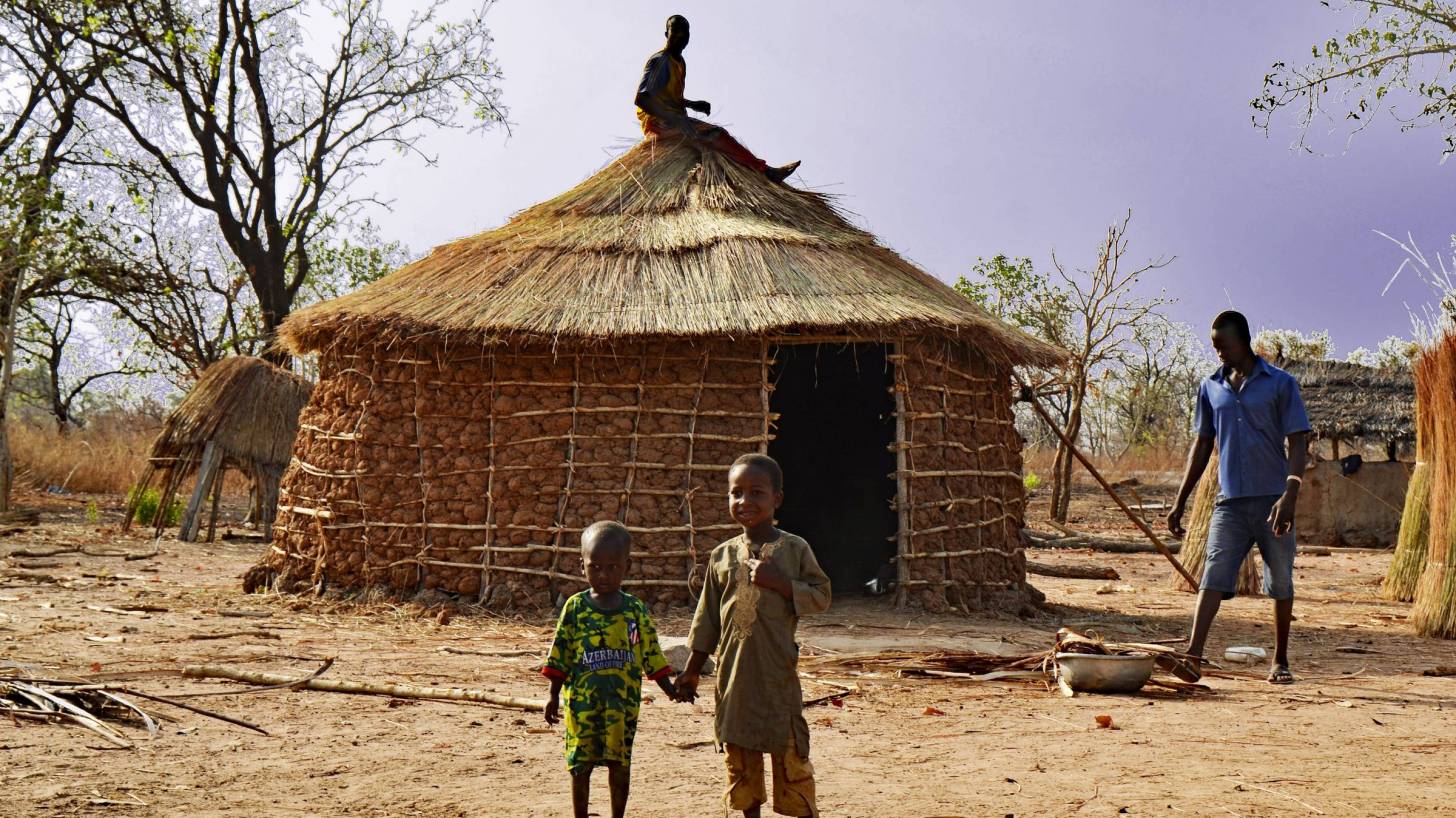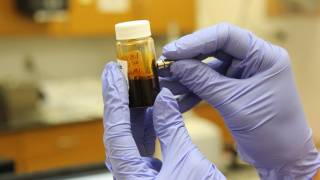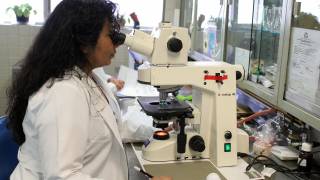Lassa Fever Vaccine Candidate Passes Animal Test

Combining 2 vaccines may be the solution to preventing the spread of Lassa fever, reported Thomas Jefferson University in a press release.
This is good news since there is not a commercially available Lassa fever vaccine, and this virus infects over 100,000 people and kills 5,000 per year.
The combination of rabies and Lassa vaccines produced protection in animal models, according to research published in the journal Nature Communications.
This inactivated recombinant vaccine candidate uses a weakened rabies virus vector.
The research team inserted genetic material from the Lassa virus into the rabies virus vector so the vaccine expresses surface proteins from both the Lassa virus and the rabies virus.
These surface proteins prompt an immune response against both Lassa and rabies viruses.
The recombinant vaccine was then inactivated to “kill” the live rabies virus used to make the carrier.
Because this vaccine candidate is inactivated and based on a rabies vaccine, the safety profile of the combination vaccine is excellent and likely safe enough to administer to pregnant women, who have a high risk of miscarriage when infected with Lassa virus, said these researchers.
In addition, this pre-human vaccine could likely produce a stable lyophilized format that is easy to use in clinics that lack refrigeration.
The research also points to a new way to test for protection against the virus that causes Lassa fever, a finding that could significantly speed up human vaccine development.
“This two-component vaccine showed good protection from exposure to both virus types in preliminary animal studies,” said senior author Matthias Schnell, Ph.D., Chair of the Department of Microbiology and Immunology at Thomas Jefferson Universiy and Director of the Jefferson Vaccine Center.
“Perhaps more importantly, however, we’ve discovered how to test for protection, which could vastly improve our ability to translate these findings into a human-ready vaccine,” said Dr. Schnell.
This study’s results could have implications for other hemorrhagic fever viruses as well.
Dr. Schnell, together with colleagues from the National Institutes of Allergy and Infectious Disease (NIAID) and University of California, San Diego (UCSD), looked at antibodies against other parts of the Lassa virus glycoprotein.
Although these antibodies can’t block the infection, the researchers showed that in the case of Lassa, they can be quite effective at tagging the virus or virus-infected cell with a beacon for quicker identification by other immune defense cells, such as the natural killer immune cell.
The researchers used this concept to develop a new test to quantify the number of cells killed by antibody tagging/NK cell attack, creating a new surrogate of protection against Lassa virus hemorrhagic disease, based on flow cytometry.
They also showed that a certain class of IgG against Lassa virus is beneficial.
Lassa fever is an acute viral hemorrhagic illness that occurs in West Africa, say the World Health Organization (WHO).
The Lassa virus is transmitted to humans via contact with food or household items contaminated with rodent urine or feces. Person-to-person infections and laboratory transmission can also occur, particularly in hospitals lacking adequate infection prevention and control measures.
The observed case-fatality rate among patients hospitalized with severe cases of Lassa fever is 15 percent, says the WHO.
These researchers are also exploring other approaches to help determine vaccine protection in the field.
This work was supported in part by NIH grants R01 AI105204, by the Jefferson Vaccine Center and by the Portuguese Foundation for Science and Technology fellowship PD/BD/105847/2014. This work was also funded in part through the NIAID Division of Intramural Research and the NIAID Division of Clinical Research, Battelle Memorial Institute’s prime contract with the US National Institute of Allergy and Infectious Diseases (NIAID) under Contract No. HHSN272200700016I and an NIH grant in aid (AI110700). Tiago Abreu-Mota, Peter B. Jahrling, and Matthias J. Schnell are inventors on the U.S. Provisional Patent Application No. 62/691,413.
All other authors declare no competing interests.
Our Trust Standards: Medical Advisory Committee













